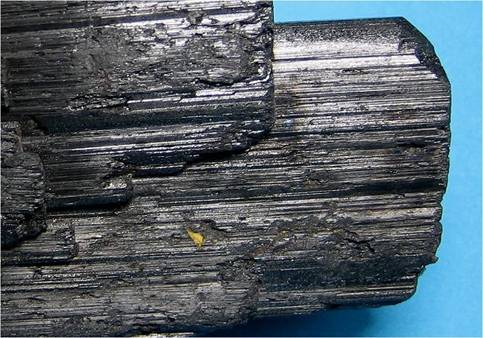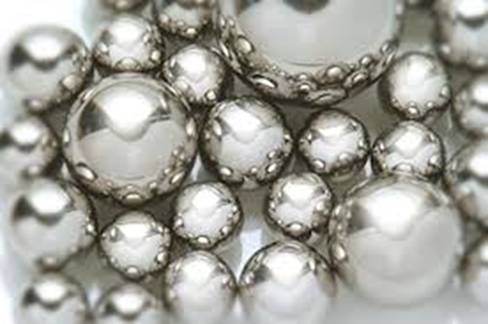Tungsten Carbide vs. Platinum
27th Feb 2014

Platinum has long been considered a precious metal renown for its lustrous, silver color first discovered in 1735 by Julius Scaliger. The name platinum is derived from the Spanish word "platina" and literally means "little silver." The Mohs scale rating for platinum stands at 4 (compared to a rating of 9 for tungsten carbide).
Jewelry makers started to use platinum due to its resistance to corrosion and tarnishing, never oxidizing like other metals like pewter or silver. Platinum is also non-toxic, like tungsten carbide, hence its popularity as a metal for rings and other jewelry in contact with the skin. Platinum is also used in many other applications including lab equipment, surgical tools, and in electronics, hence driving the value of platinum up in recent years.

Tungsten by itself is a naturally recurring metal found in ores much like platinum. It was first discovered in 1783 and its name literally means "heavy stone." On the Mohs hardness scale, tungsten is rated at 7.5 (note that it is tungsten carbide that is rated at 9, explained below).
When combined with carbon, tungsten becomes stronger and even more durable. Tungsten carbide is the end product of mixing tungsten with carbon. Tungsten carbide is 4 times stronger than platinum with a hardness rating of 9 on the Mohs scale, softer only than diamond. In fact the only negative attribute of tungsten carbide could be that it is actually too hard, meaning a ring made from tungsten carbide cannot be resized.

Because platinum is a much rarer naturally occurring metal, it is much more expensive than tungsten carbide which can be produced with industrial machinery on demand. That makes tungsten carbide jewelry a tremendously more affordable alternative to platinum while not losing out on its luster and beauty. Platinum inevitably fades over time and needs to be buffed and polished, eroding a bit of the metal every time. Tungsten carbide never needs to be polished nor can it be unless the use of specialized industrial equipment is used.
In color, platinum is brighter than tungsten carbide which is closer to stainless steel in brightness. However, white tungsten carbide uses a special 5-stage process that bonds a 95% pure platinum group metal to the surface, achieving a look that is as bright at platinum while retaining tungsten carbide's everlasting durability. White tungsten carbide is slightly softer than pure tungsten carbide because of the platinum bonding but still much stronger than pure platinum. That makes white tungsten carbide a comparable metal to platinum for jewelry making purposes, yet it costs only a fraction of the price while being several magnitudes stronger.
